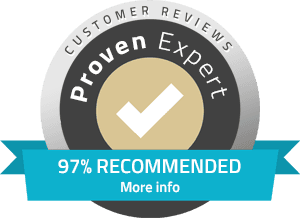The art of SEO content writing involves creating high-quality, valuable content that is optimized for search engines while also engaging and satisfying the needs of your audience. Here are key principles and techniques to master the art of SEO content writing:
1. Understanding Audience and Intent
Know Your Audience: Understand who your target audience is, their demographics, interests, and pain points.
User Intent: Identify the intent behind the search queries (informational, navigational, transactional) to tailor your content accordingly.
2. Keyword Research and Integration
Keyword Research: Use tools like Google Keyword Planner, SEMrush, or Ahrefs to discover relevant keywords with good search volume and low competition.
Keyword Integration: Naturally incorporate primary and related keywords into your content, including titles, headers, meta descriptions, and throughout the body text.
3. Crafting Compelling Titles and Meta Descriptions
Title Tags: Create catchy and descriptive titles (under 60 characters) that include your target keywords and entice clicks.
Meta Descriptions: Write persuasive meta descriptions (under 160 characters) that summarize the content and encourage users to click through to your page.
4. Structuring Content for Readability and SEO
Use Headings: Organize content with clear headings (H1, H2, H3) to improve readability and SEO.
Paragraphs and Bullets: Break content into shorter paragraphs and use bullet points or numbered lists for clarity.
Anchor Text: Use descriptive anchor text for internal and external links to provide context to both users and search engines.
5. Writing High-Quality Content
Provide Value: Offer unique insights, expertise, or solutions to address your audience’s needs or questions.
Originality: Ensure your content is original, avoiding plagiarism or duplicating content from other sources.
Depth and Detail: Provide comprehensive information on the topic, covering all relevant aspects and answering potential queries.
6. Optimizing Multimedia and Visual Content
Images and Alt Text: Use high-quality images, graphics, and infographics to enhance content appeal and engagement.
Optimize Alt Text: Include descriptive alt text for images to improve accessibility and SEO.
7. Promoting Engagement and Interaction
Call-to-Actions (CTAs): Encourage user interaction with relevant CTAs such as subscribing to a newsletter, downloading a resource, or leaving a comment.
Social Sharing: Include social sharing buttons to facilitate content sharing and increase visibility.
8. SEO Technical Considerations
Mobile Optimization: Ensure content is responsive and performs well on mobile devices.
Page Speed: Optimize page loading times by compressing images, leveraging browser caching, and minimizing unnecessary scripts.
Secure Connection (HTTPS): Use HTTPS to secure user data and improve trustworthiness.
9. Monitoring and Iteration
Analytics: Use tools like Google Analytics to monitor traffic, user behavior, and content performance.
A/B Testing: Experiment with different content formats, headlines, or CTAs to optimize for better engagement and conversion rates.
Content Updates: Regularly update and refresh content to keep it relevant and maintain its SEO value over time.
10. Continuous Learning and Adaptation
Stay Updated: Keep up with SEO trends, algorithm updates, and industry best practices through blogs, forums, and professional networks.
Feedback and Analytics: Incorporate feedback from users and analytics data to refine your content strategy and improve performance.
- +91 8300 665471
- info@vestaoneup.com



